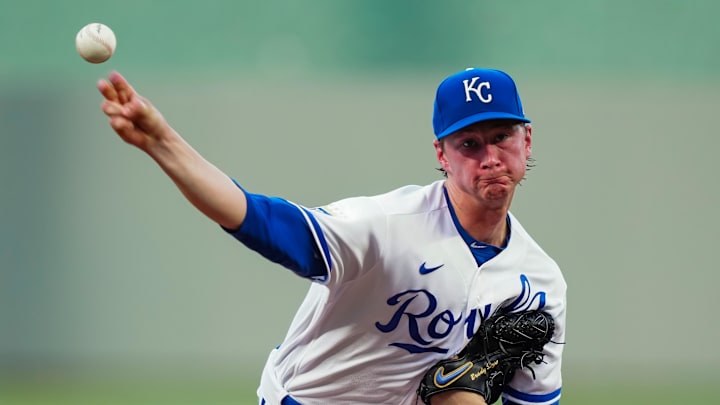Can Singer find his lost velocity again?
Singer's velocity noticeably dipped late in the season, causing immense problems for the Florida alum. While pockets of baseball fans wanted to place blame on the new pitch clock for causing injuries and extreme fatigue among MLB pitchers, there is no correlation between the two. Singer simply started wearing out as he logged a career-high 159⅔ innings. But if Singer wants to remain a viable starter, he needs to find his velocity again while shouldering a starter's workload.
The decrease in velocity was an issue all year for Singer. His sinker's velocity dipped to 92.1 MPH from 93.8 MPH in 2022. A similar result happened with his slider, which dropped 1.5 MPH between the two seasons. His velocity decreasing across the board not only reduced his changeup's effectiveness but also allowed hitters to tee off. Singer ranked in the third percentile with his 47.5% hard-hit rate. That was 11.2 points higher than the MLB average, hardly a recipe for success.
Singer has never been a flamethrower on the mound. But the noticeable dip in velocity raised red flags amongst Royals fans, as injuries usually cause that out of nowhere. Thankfully, when Kansas City skipped a Singer start in August, he received a clean bill of health.
“[The scans] all came back very positive, so a little bit of a collective sigh of relief,” general manager J.J. Picollo said. “The plan right now is that we’re going to skip this start, he won’t go on the [injured list], and hopefully we can line him up on the backend of the rotation next time around. We’re breathing a little bit easier on that MRI.”
The MLB season is a long and arduous one for baseball players. But, hopefully, Singer and the coaching staff can tweak his routine and workload to prevent this severe arm fatigue again.
feed
